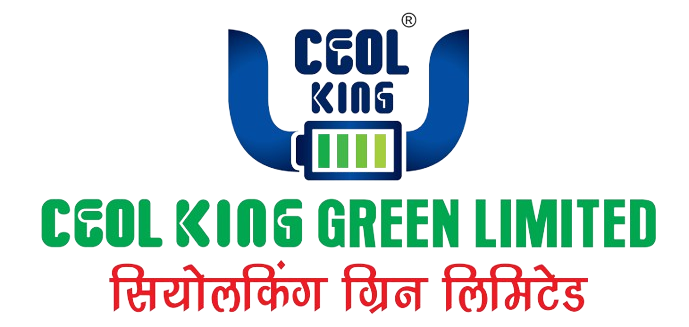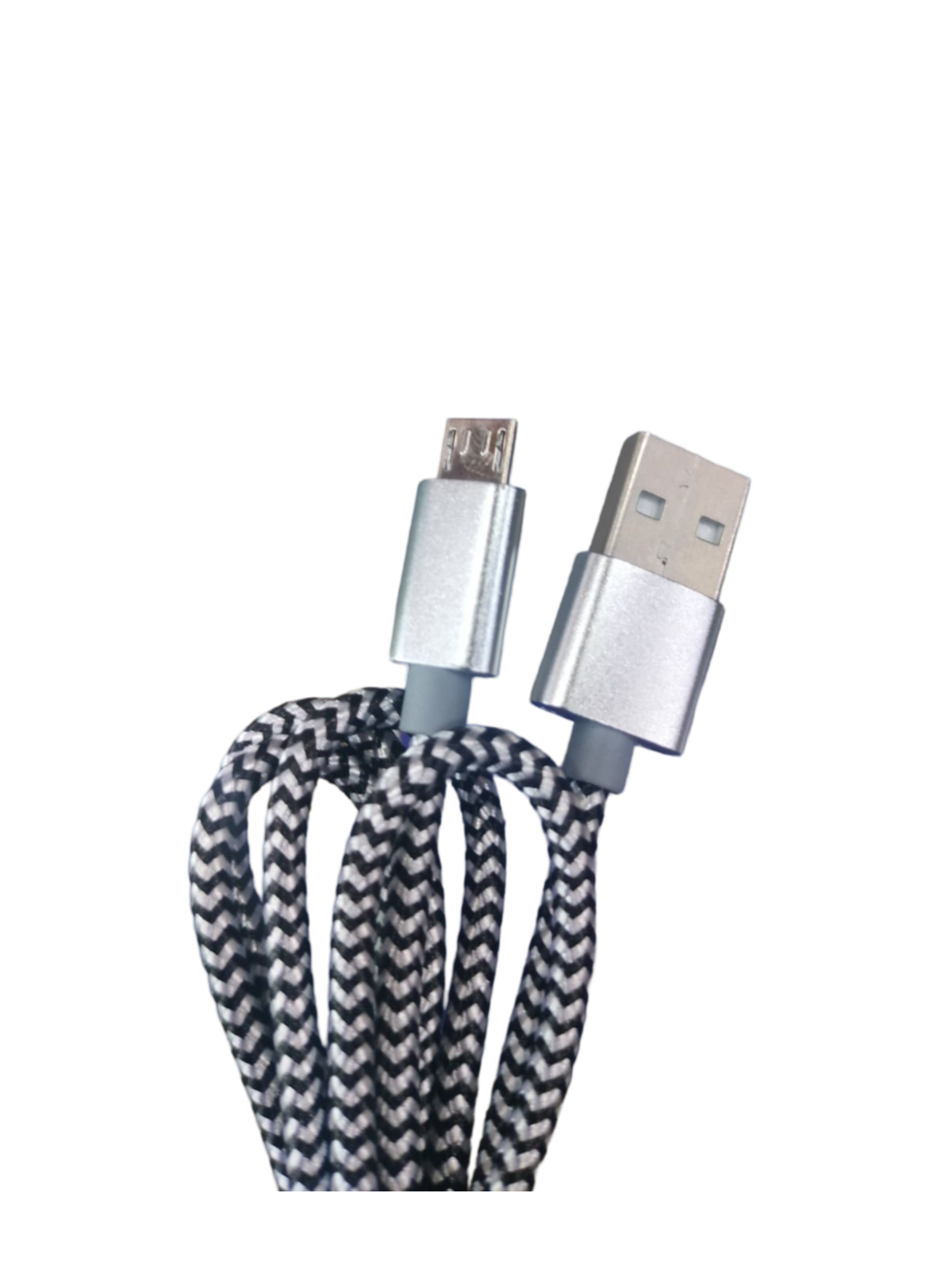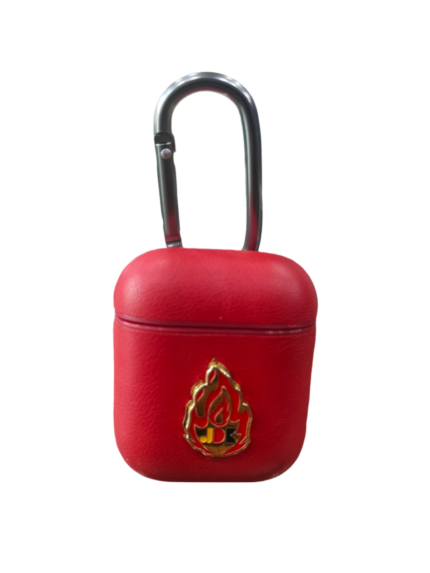1. **Micro USB Connector**: The cable features a small, rectangular-shaped Micro USB connector on one end. This connector is designed to fit into the Micro USB port found on many electronic devices.
2. **USB-A Connector**: On the other end of the cable is a standard USB Type-A connector. This end plugs into USB ports on chargers, computers, power banks, or other devices to provide power or transfer data.
3. **Charging Capability**: Micro USB cables are primarily used for charging devices. They can deliver power from a variety of sources, including wall adapters, car chargers, USB ports on computers, and power banks.
4. **Data Transfer**: In addition to charging, Micro USB cables can also be used for data transfer between devices and computers. This allows you to sync files, photos, music, and videos between your device and your computer.
5. **Durable Construction**: Micro USB cables are typically constructed with durable materials such as reinforced insulation and sturdy connectors to withstand bending, twisting, and frequent use.
6. **Various Lengths**: They come in various lengths to suit different needs, from short cables for connecting devices to laptops to longer cables for reaching power outlets in different locations.
7. **Compatibility**: Micro USB cables are compatible with a wide range of devices beyond smartphones and tablets, including digital cameras, portable gaming consoles, e-readers, and more.
8. **Affordability**: Micro USB cables are generally inexpensive and widely available, making them a cost-effective solution for charging and data transfer needs.
Overall, Micro USB cables offer a reliable and versatile solution for powering and connecting a wide range of electronic devices, making them a staple accessory for many users.













Reviews
There are no reviews yet.